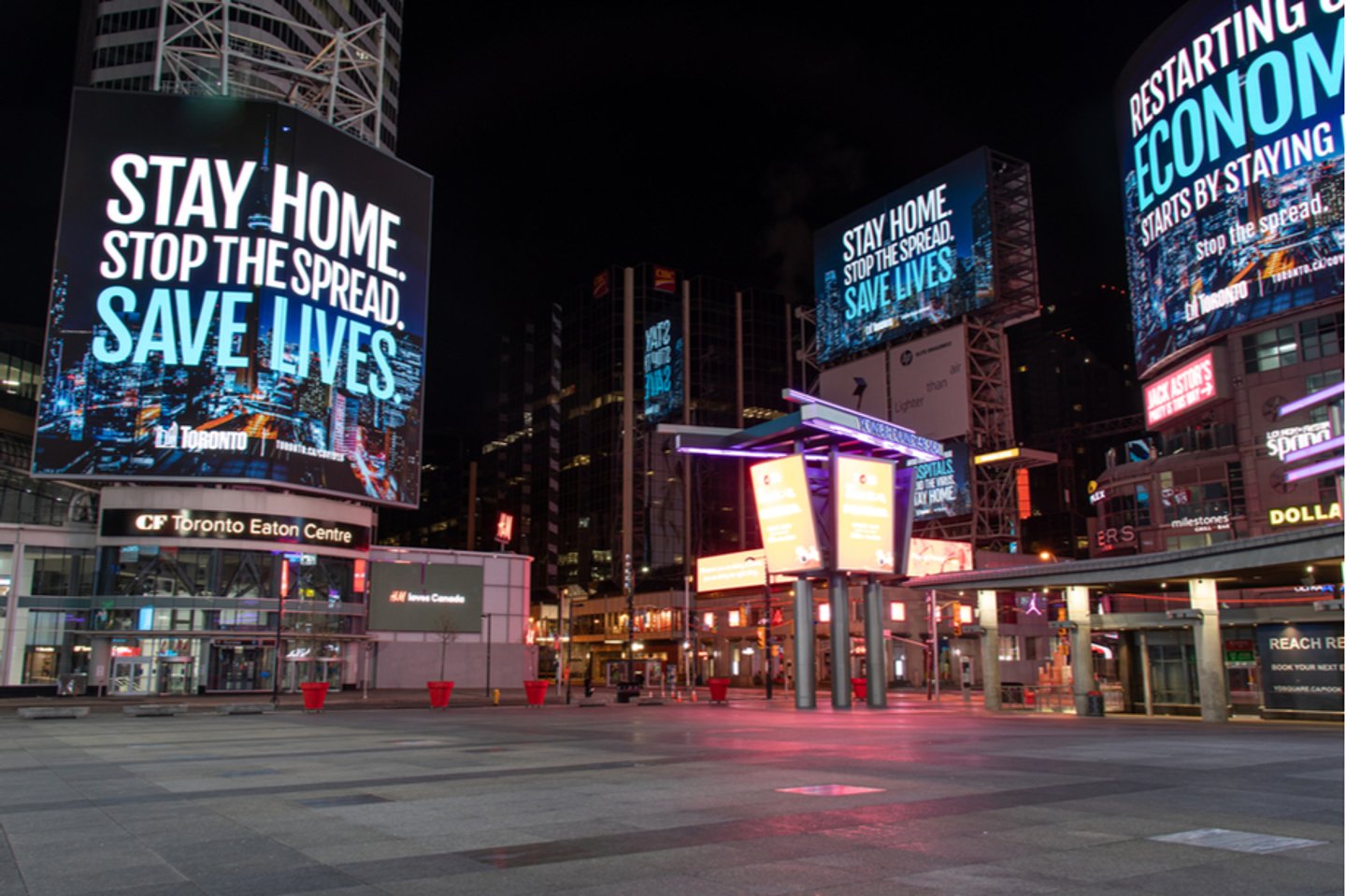Back to work, back to business: Gateway CEO Mary Kelly sees ‘hope’ for the city centre
After several false starts, major cities across North America are looking to have workers return to their downtown offices, restart tourism campaigns, and reenergize and prop up local businesses.
Toronto, for instance, has started bringing back city hall workers and recently launched resources dedicated to helping small businesses.
With a light finally at the end of the COVID-19 tunnel, Mary Kelly, CEO and president of Gateway Newstands–a franchisor of small-format c-stores and food-service stores in urban centres–spoke to Convenience Store News Canada about surviving the past two years of the pandemic, the silver lining she found with Gateway’s owner-operators and her hopes for the future of Canada’s largest city.
To get the perspective from an independent owner on the hardships c-stores located in urban cores have faced, we also spoke to Peter Aboud of Slater Street Market in Ottawa, where the downtown recently opened following the so-called ‘Freedom Convoy’ demonstration.
MARY KELLY
CEO and president, Gateway Newstands: Toronto
How would you characterize the impact the pandemic has had on your stores? Devastating. We have the exclusive newsstand/convenience store contract with the TTC. And so, a third of our stores are with the TTC, a third in office towers and a third in malls. We also have about 20 stores in the PATH (Toronto’s Downtown Pedestrian Walkway). Those in the malls have fared best because they were able to open sometimes. Those in the TTC and the PATH are worse off. They would open sometimes to only make $50 a day. Some of them are still closed because there’s just no traffic.
How did they manage to get by financially? Many stores are down in sales by 60% to 90%, which is dramatic. And so many owner-operators have had to take a second job. There has been some government support around rent, but not full.
How about in terms of the spirit of your franchisees? I have been so impressed by their positive attitude! We have never had a franchisee complain about the situation. Obviously, the pandemic has been terrible, but they are saying, “We know we're going to get through it.”
That must be galvanizing to hear. It’s so inspiring. Our corporate team has decreased to six, having used to be over 20. As a franchisor, we’re doing all we can to support our owner-operators, and are working with the landlords to help them get by.
What has the support been like from the landlords? Our largest, the TTC, has been incredibly gracious. All of them have been. We just decided we were going to communicate with landlords all the way through – no hiding, no pretending that we're not paying the rent. Obviously, they can’t just never charge us rent, but they’ve been very supportive.
How did franchisees continue to be there for customers? I would visit stores and see no customers, but our franchisees were there with full inventory. I did interviews with our franchisees about midway through the pandemic and one said, “I don't want customers to come by and ever see my store closed because they might think I'm not going to be here when they finally come back.” It’s been heartwarming to see how much they care about their business.
How is everyone feeling now with restrictions having lifted? We hear the hope. Although there are far fewer of us, my team and I are hoping that we can see them through and get their business back to what it was before.
What would you like to see from downtown revitalization efforts? We're hopeful that these new initiatives remind people of the breadth of small businesses in Toronto. And we want to make certain we're taking advantage to remind people in the downtown that that franchisee – that person in a Gateway at the subway stop you see all the time – is a small business owner. And for people to know this is their livelihood, and purchasing a candy bar, a bottle of water, anything in the store, matters a lot.
PETER ABOUD
Owner, Slater Street Market: Ottawa (in the Minto Place building)
How challenging has the past two years been for you? It’s been tough. All the government buildings and the offices with government contractors have 90% to completely shutdown. The hairdresser next to me had to close. A coffee shop closed. I am sure this is the case in most urban centres, but Ottawa has been particularly hard hit because of its reliance on government workers for customers.
Did your business rely mostly on offices? Offices, and tourism. Our business is down a significant percentage. Luckily, we have residential in the area. These customers are showing loyalty to us for having never closed. We’re not just a tuck shop, but offer enough different products that they came to us when they didn’t want to go into crowded grocery stores. They are the reason we’ve hung on.
How else have you been impacted? We operate a skeleton crew. We can’t fully pay the rent. Fortunately, our landlord has been very accommodating and supportive. Tourism will eventually come back, but [with no timelines yet for getting roughly 150,000 public servants back in Ottawa back in the office and talk of hybrid working arrangements] it is hard to know how many office workers will return. The problem is, even if 50% of them do, we still won’t be able to afford to go back to paying the rent that we did.
You also had to contend with the ‘Freedom Convoy.’ What impact did that have? As if the pandemic wasn’t bad enough! But the media attention did at least bring some light to how dead the downtown has been in Ottawa, and the need to incentivize and encourage government workers and tourists to come back now that it is safe.
Have something to add? Share your thoughts.



